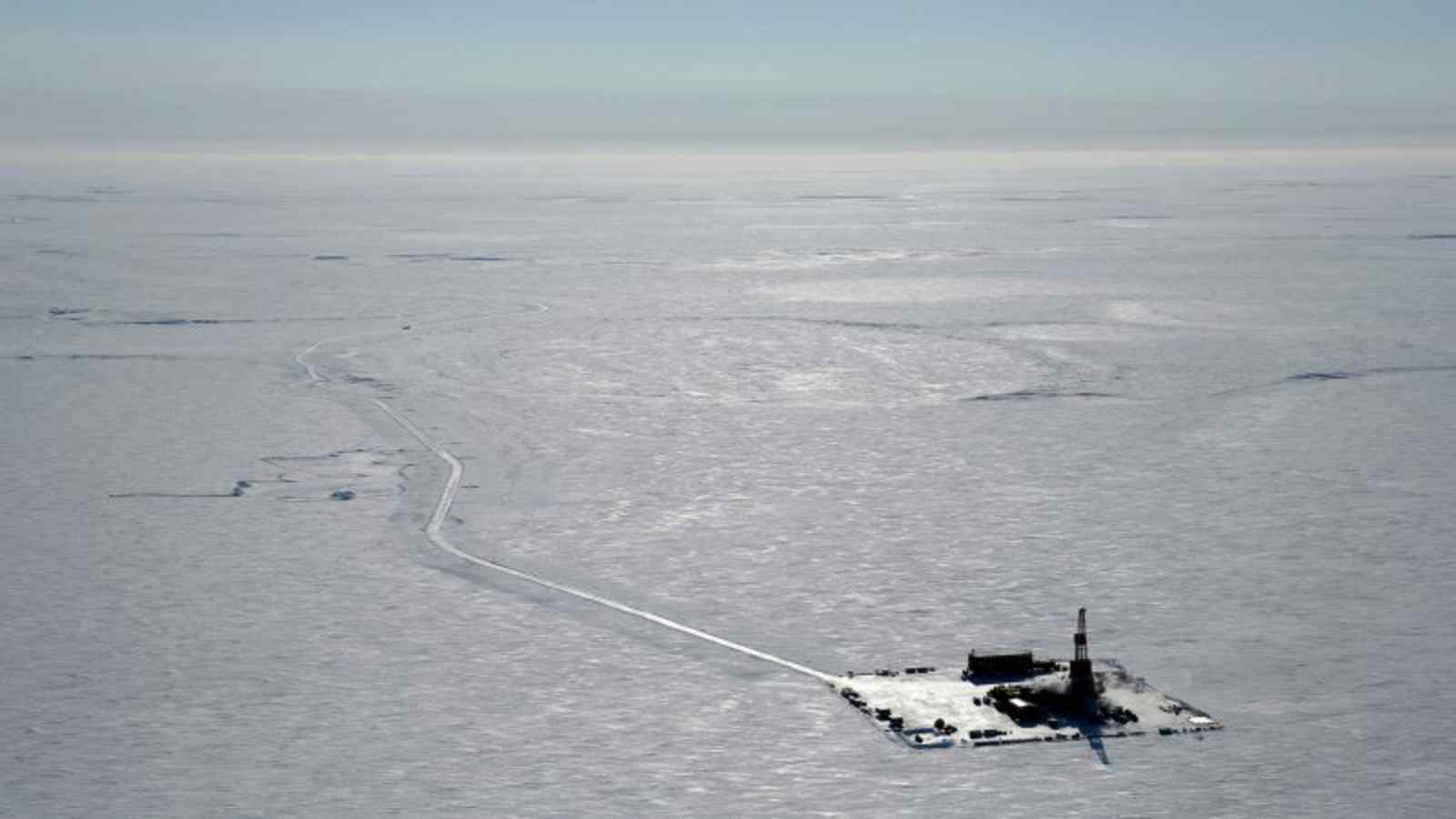What Is The Willow Project: With an uncertain future under President Joseph Biden, the controversial Willow Project is ready to move forward. Monday’s administration approval came despite the vehement opposition of environmental organizations.
What Is The Willow Project:
ConocoPhillips, a Houston-based oil company, intends to drill in the National Petroleum Reserve-Alaska, making it the largest oil project presently under consideration on U.S. government territory. ConocoPhillips estimates that it could produce up to 180,000 barrels of oil per day, which is equivalent to 1.5% of all crude produced in the United States.
Was approval granted for the Willow project?
Monday, administration officials endorsed the proposal. However, after the Interior Department authorized only three of the five drilling sites proposed by ConocoPhillips, Vice President Biden approved a scaled-down version of the plan. The size of the 200-well project was reduced by nearly 40 percent due to the elimination of these additional sites, which also eliminated the need for 133 acres of gravel, 11 miles of gravel road, and 20 miles of pipelines. The corporation also consented to relinquish 68,000 acres of current leases in the National Petroleum Reserve-Alaska in order to reduce its environmental impact by one-third.
Why did Biden agree to the Willow project?
According to a White House official, the Biden administration’s ability to evaluate the Willow oil project was constrained by legal restrictions due to the corporation’s legitimate property rights under long-standing leases. According to the individual, who discussed the White House’s concerns on the condition of anonymity, the administration was confident that the courts would have prevented an outright rejection of the Willow initiative and possibly sanctioned the government.
In Alaska, where is The Willow Project?
The project will be located within the National Petroleum Reserve-Alaska, which encompasses more than 23 million acres on the Beaufort Sea north of the Arctic Circle and approximately 200 miles west of the existing oilfields at Prudhoe Bay.



